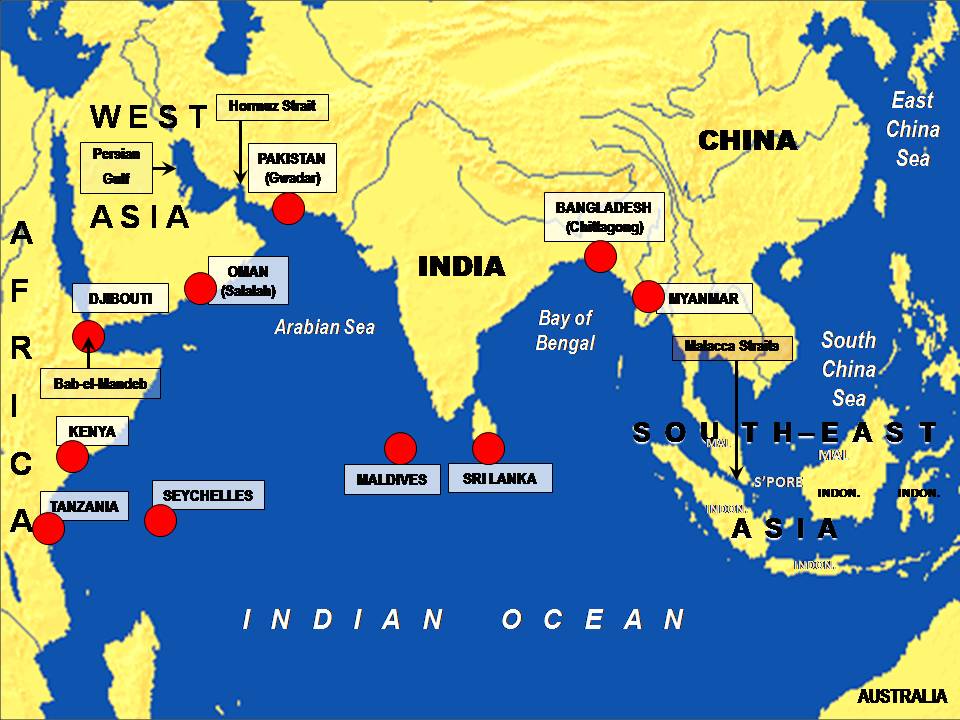(TibetanReview.net, Jan24’23) – Chinese activities and influence in India’s extended neighbourhood have grown increasingly with the sole purpose of keeping New Delhi constrained and occupied in facing the resultant challenges, the PTI news agency Jan 23 cited papers submitted at a key security meeting in New Delhi as saying.
By providing huge amounts of money in the name of loans for developmental works in Southeast and South Asia, China wants to reduce India’s influence in the Indian Ocean region and force resolution of bilateral issues on Beijing’s terms to the detriment of India’s concerns and interests, papers presented by Indian Police Service (IPS) officers at a just concluded conference of DGPs and IGPs – India’s top police officers – were cited as saying.
The papers have said China’s Belt and Road Initiative (BRI), China-Pakistan Economic Corridor (CPEC), infrastructure related investments in India’s neighbouring countries through easy loans, hot borders, and Line of Actual Control (LAC) were some of the tools Beijing has been using effectively.

“All this is being done with the aim to keep India constrained and occupied in facing the resultant challenges, force resolution of bilateral issues on its own terms, modulate India’s growth story, leaving it [China] free to achieve its aim of becoming not only Asia’s pre-eminent power, but a global superpower,” the papers were cited a saying.
The three-day annual conference was stated to have been attended by Prime Minister Narendra Modi, Union Home Minister Amit Shah, National Security Adviser Ajit Doval and about 350 top police officers of the country.
The papers, which were on the theme of “Chinese influence in the neighbourhood and implications for India”, were stated to have been written by some top IPS officers of the country.
China has become far more attentive to its South Asian periphery, moving beyond commercial and development engagements to more far-reaching political and security ones, one of the papers was cited as saying.
In particular, China is investing huge amounts of money in the neighbouring countries of India – mainly Pakistan, Nepal, Bangladesh, Myanmar and Sri Lanka – in the name of infrastructure development and other financial assistance, it was cited as saying.
And India’s neighbouring countries have, without exception, described China as a crucial development partner, either as a funder or in providing technological and logistical support. Additionally, it is the biggest trading partner in goods for Bangladesh and Sri Lanka, and the second-largest for Nepal and the Maldives, it has said.
What is more, “the economic element is increasingly intertwined with political, government, and people-to-people aspects of these relationships.”
China’s presence in Southeast and South Asia is therefore stated as being no longer predominantly economic but one that involves a greater, multidimensional effort to enhance its posture and further its long-term strategic interests in the region.
Given its highly ambitious goal to achieve regional power status in the Indian Ocean region, “Beijing wants to contain India which is the only threat before China in this region,” an analyst was cited a saying.


